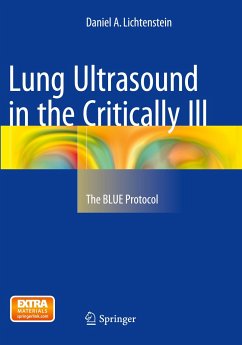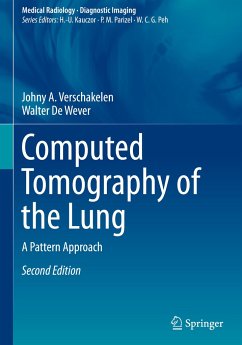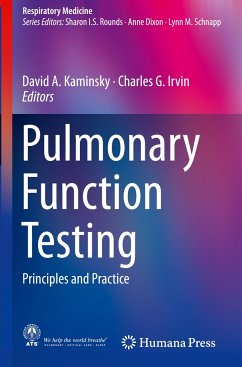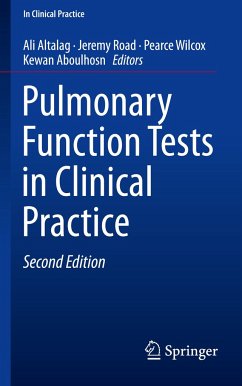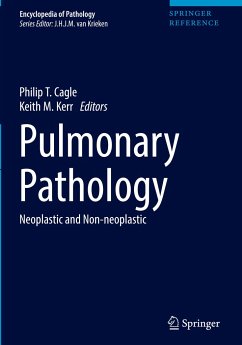
ECMO-Extracorporeal Life Support in Adults

PAYBACK Punkte
84 °P sammeln!
This book presents a comprehensive overview of the pathophysiological and practical aspects of extracorporeal membrane oxygenation (ECMO). After an introduction encompassing cannulation, materials and blood-surface interactions, the various indications for and particular characteristics of circulatory and respiratory extracorporeal life support are described in detail in the main part of the book. Patient care during ECMO and monitoring of the ECMO patient are also carefully covered, with explanation of management of technical and clinical complications and transport-related problems. Further ...
This book presents a comprehensive overview of the pathophysiological and practical aspects of extracorporeal membrane oxygenation (ECMO). After an introduction encompassing cannulation, materials and blood-surface interactions, the various indications for and particular characteristics of circulatory and respiratory extracorporeal life support are described in detail in the main part of the book. Patient care during ECMO and monitoring of the ECMO patient are also carefully covered, with explanation of management of technical and clinical complications and transport-related problems. Further topics include long-term therapy options beyond ECMO, outcome and quality of life after ECMO, the new frontiers of ECMO for organ procurement, ethical issues and future challenges. The authors are well-known experts in the field whose authoritative contributions and attention to practical aspects will be invaluable for novices and experienced practitioners alike.






